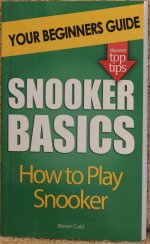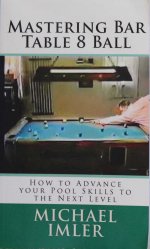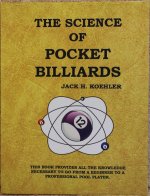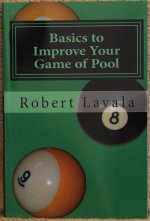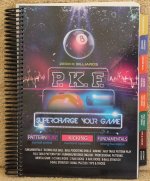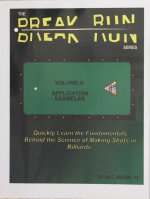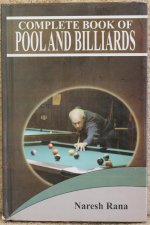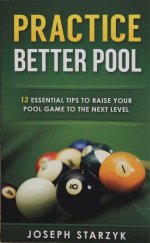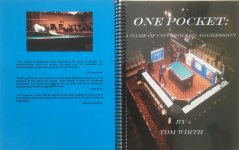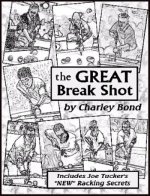I made the mistake of looking for billiard books on Amazon. These are recent publications or printings. The Jack Koehler books are new printings as is the Desmond Allen book.
I've glanced through all of these briefly. If you want a brief review of any of them, send me a PM and I'll try to look more carefully and comment. A couple of them are not worth the price or even the cost of shipping.
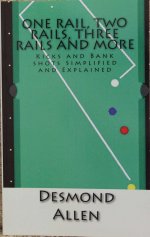
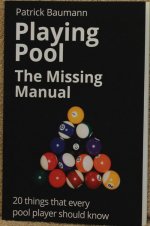
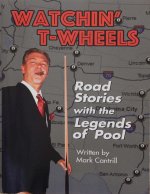
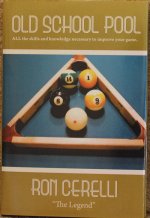
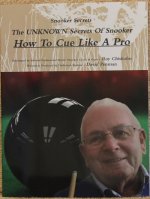
I've glanced through all of these briefly. If you want a brief review of any of them, send me a PM and I'll try to look more carefully and comment. A couple of them are not worth the price or even the cost of shipping.





